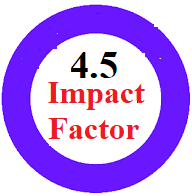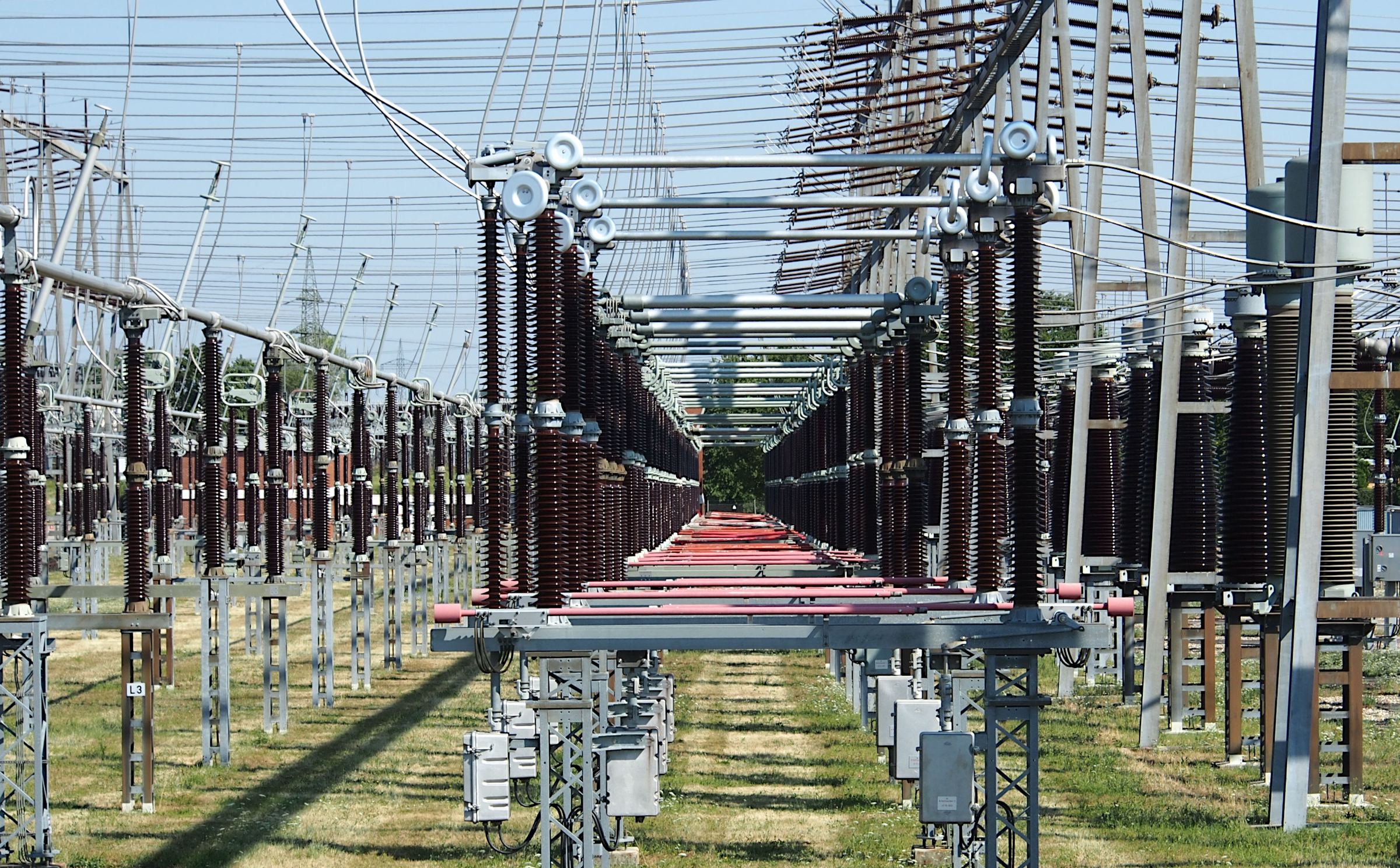AI-ENABLED ADAPTIVE LEARNING ECOSYSTEMS: REVOLUTIONIZING U.S. EDUCATION THROUGH INTELLIGENT CURRICULUM DESIGN AND REAL-TIME LEARNING OPTIMIZATION
Abstract
This paper focuses on a discussion of the opportunities that govern the function of artificial intelligence in revolutionizing the education system in the United States. The educational inequalities persist and influence learners’ performance. The research is centered on the development of the learning environment in which AI technologies are applied to personalize learning. These systems intention is to address the disparities in education and enhance scholar accomplishment in school, more especially in the STEM area. The research aims to contribute a richer understanding of how it is possible to use AI to positively transform practices in education so that students who have been marginalized can get the support they need to succeed. A mixed-methods approach is used, conducting case studies and online interviews with 300 participants from three districts: urban, suburban, and rural. The target clients are students, teaching staff, and officials in different learning institutions. Qualitative and Quantitative data are collected with online semi-structured and web-based interviews to capture their antecedents associated with adaptive learning systems. Both data are then used in order to make certain identifiable themes, which concern student engagement and learning outcomes. The research indicates powerful trends in increased students’ retention, engagement, and performance, particularly for students of color, learners from low-income families, disabled students, and other underprivileged students. The study has reaffirmed the need to apply AI in teaching to build skills for the workforce as well as boost American competitiveness. Recommendations are to help the policymakers and educators on how best to apply AI to solve problems within the education system.
Keywords (Florida flood resilience, AI-driven flood prediction, hyper-local modeling, smart infrastructure management, personalized early warning, climate adaptation, real-time flood mapping, post-flood recovery assistance).
















